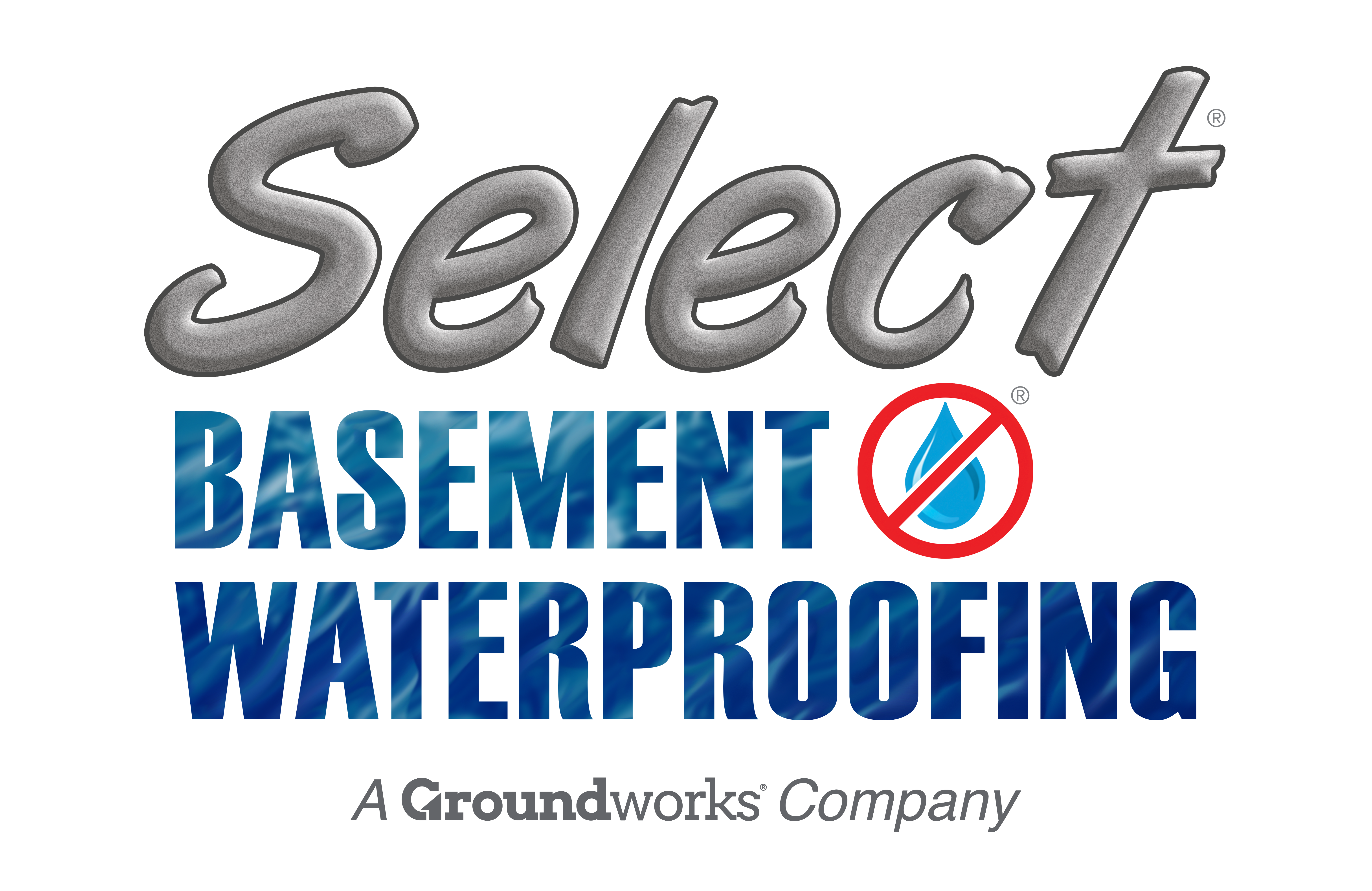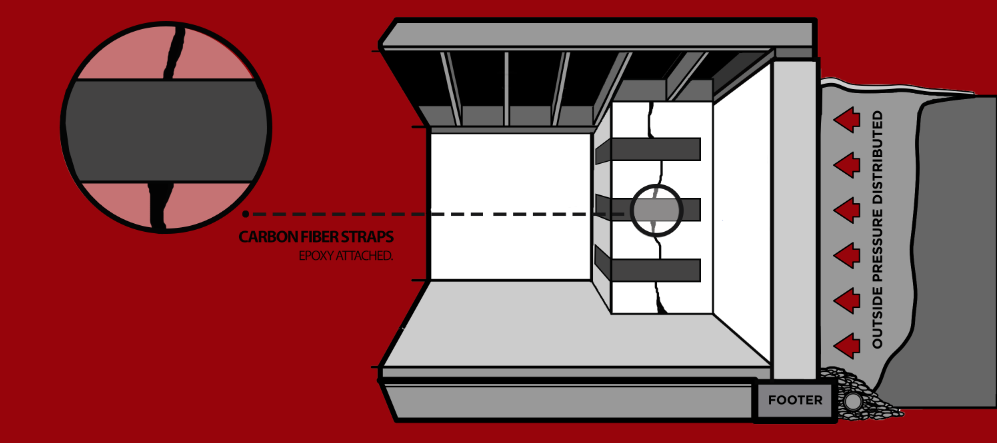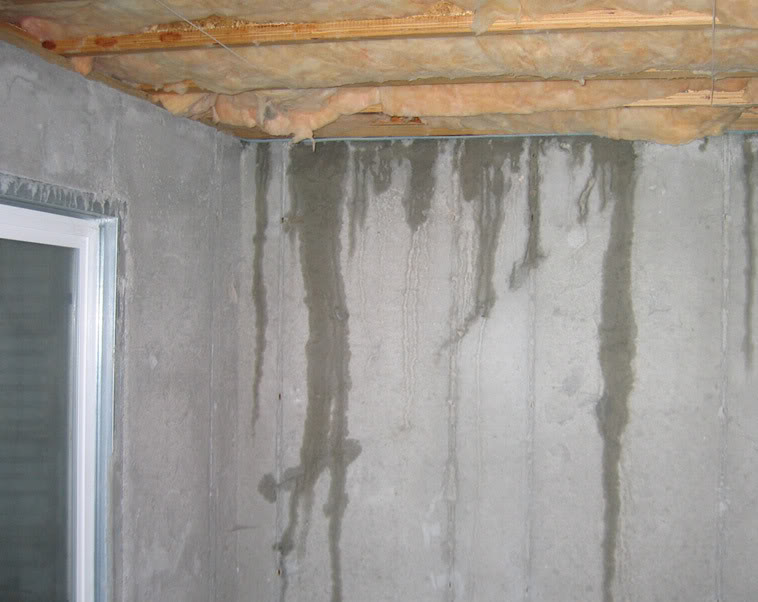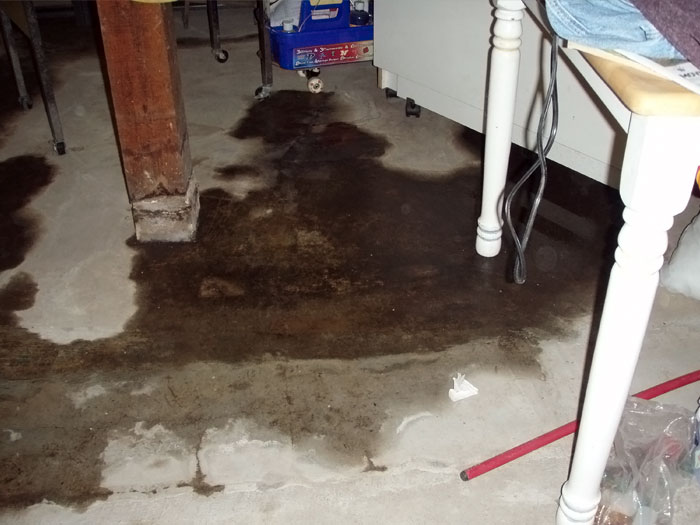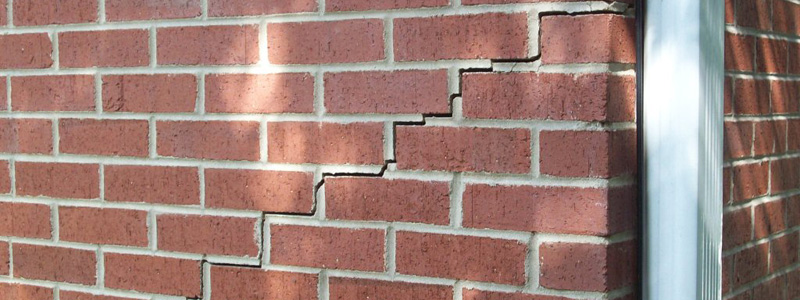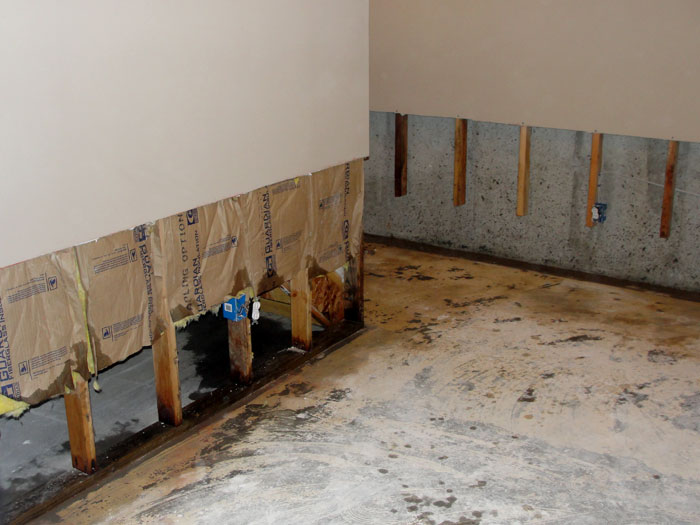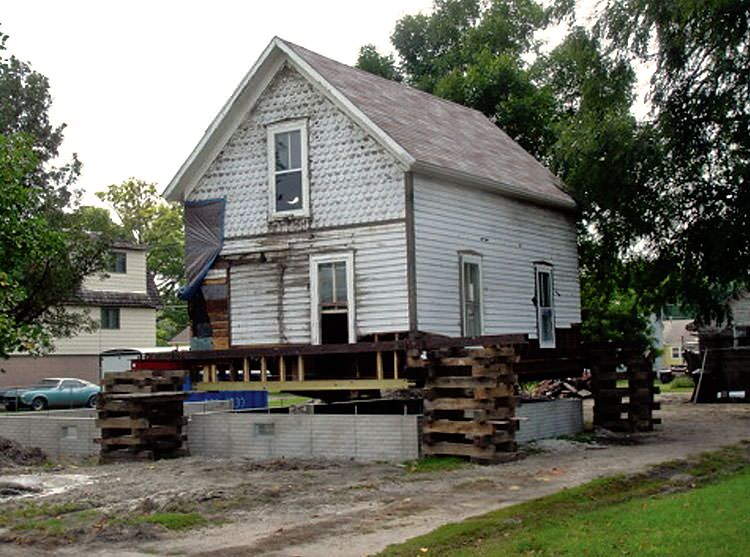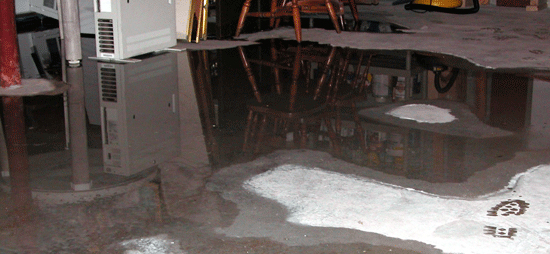Rhino Carbon Fiber Foundation Repair
One of the most common structural problems occurring in newly constructed houses is foundation damage. This problem is also evident in older homes where soil movement is common. Once a house begins settling, issues such as bulging and bowing walls will appear.
While there are many approaches to foundation repair, the innovative Rhino carbon fiber technology has proven to be the most effective and affordable system for any type of structure.
Risk of Delayed Foundation Repair
As a homeowner, you have to appreciate the important of immediate foundation repair using modern technology to avoid further deterioration. Foundation failure can result from seemingly harmless problems such as a hairline cracks that will enlarge with time due to water pressure.
If wall damage is not immediately repaired, there is a likelihood of other parts of the house including floors, doors, windows ceilings and chimneys suffering further damage.
Rhino Carbon Fiber in Details
The patented Rhino carbon fiber is now popular with foundation contractors for many reasons. This product comprises carbon fiber strips made with a custom bi-directional weave and double stitching pattern. These strips boast tensile strength of 52,000 pounds per square inch, which guarantees your foundation wall will not move anymore once the carbon fiber strip has been fixed.
The carbon fiber strip is fastened to the wall using a sill plate and it is connected to the foundation base for equal distribution of pressure. To appreciate why this carbon fiber system is so effective, consider these factors:
- Durability: Unlike other foundation repair solutions such as epoxy injection, there is no deterioration of the carbon fiber strip once it is in place. It does not stretch or suffer from exposure to weather elements.
- Less intrusive technology: There is no need to excavate extensively compared to other structural foundation repairs. Minimal intrusiveness translates to faster and more affordable repair.
- Lightweight installation: This is a project that can be done by one qualified contractor within a few hours. There are no disruptions on your property when the work is in progress.
- Aesthetic appeal: This foundation repair technology will not devalue the aesthetic appeal of your property. You can even paint over the Rhino carbon fiber to ensure the wall is uniform.
- Cost-effective: This is now the most affordable foundation repair solution for different forms of foundation damage including cracks and bowing.
A damaged foundation can ruin your precious investment. It is thus important to call in a qualified contractor to inspect the extent of damage before deploying Rhino carbon fiber technology.
